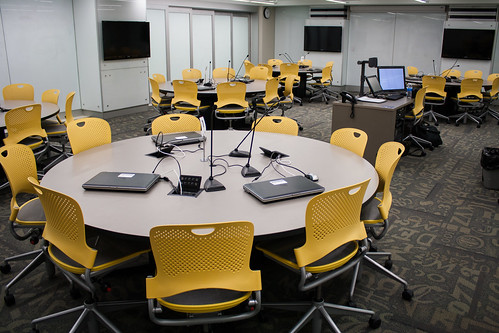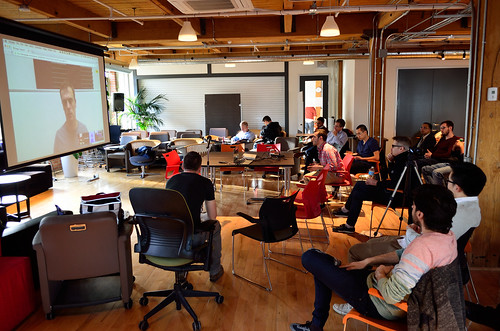 |
| CC0 public domain on Pixabay |
So how can we help our students to navigate this minefield and what tools and platforms should we use to maintain a decent level of integrity? An article by Erin Glass on Hastac, Ten weird tricks for resisting surveillance capitalism in and through the classroom . . . next term!, contains some excellent advice for educators who would like to move to a more responsible use of edtech without risking data leaking to unknown companies. The article kicks off with a snappy challenge:
Are you watching in sheer terror as BigTech's four horsemen Surveillance, Exploitation, Manipulation, and Cataclysmic Hubris gallop wildly down the information superhighway, downloading their user-friendly death and destruction as far as the eye can see?
The article is not, however, simply doom and gloom. It offers a list of concrete measures for raising awareness among students and colleagues through classroom activities and the application of critical thinking to the platforms and tools we use every day. Just as we need to combat fake news with an increased focus on source criticism we also need to investigate the infamous terms and conditions we so happily have agreed to over the years. What exactly have we agreed to? How can I reclaim my data, if at all possible? What sort of data is stored? How can I delete my account and if I do is the data really deleted? It may seem like a daunting task but the important thing is to realise that we can do something and these issues must be discussed.
Transform your personal paranoia about surveillance capitalism into fodder for cross campus dialogue, research, policy development, and community building. Reach out to your librarians, digital scholarship/humanities specialists, IT workers, humanities centers, and other campus organizations about exploring options to raise awareness about these issues, such as reading groups, talks, and workshops.
The commercial solutions are of course extremely attractive, addictive and easy to use and it's hard to see how to replace many of them but we can make a start by testing out some of the tools mentioned in this article. I am currently trying out the Tor browser that not only does not track you but makes your identity impossible to detect for the sites that feed on that information. Another interesting tool is the chat and messaging service Rocket.Chat that offers an alternative to Slack and other similar commercial tools. I'm also considering moving my blogs onto safer platforms using the service Reclaim hosting. This would be a major undertaking for a non-techie like me and my blogs have 10 years of posts to safely move but it sounds like a good New Year resolution for 2019.


















